Overview
The city’s proudest neighborhood. Boystown. The first gay village.
All of these are nicknames for Northalsted, the tiny neighborhood located in the trapezoid between Halsted, Broadway, and Belmont. With a population of around 4500, and a square mileage of only 0.12, Northalsted fits cleanly into Clarence Perry’s “size of a large high school” neighborhood definition. Commercially centered on two streets (Halsted and Broadway), it may fit Jane Jacobs’ idea of a face block as well.
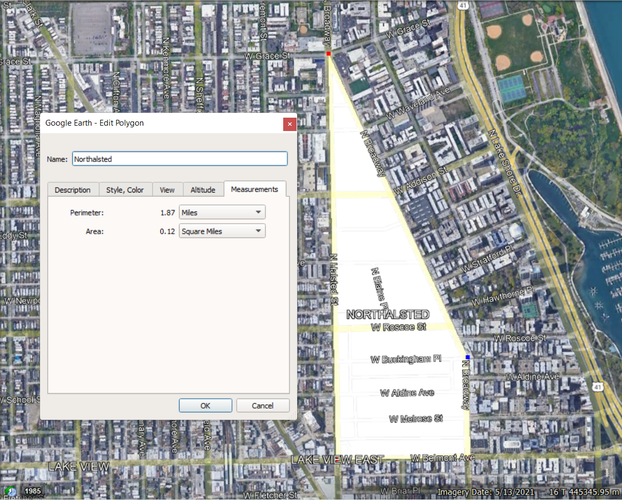
{a screenshot of Google Earth, displaying the geographic size of Northalsted as 0.12 sq. mi.}
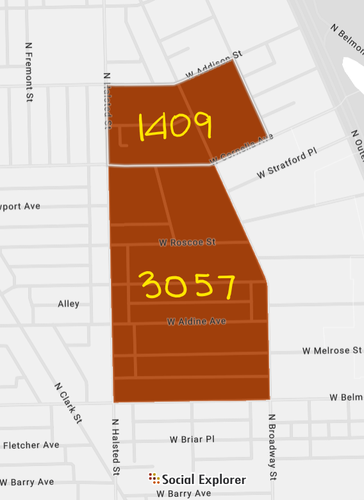
{an image of the two main census tracts for Northalsted with the populations included, amounting to a total of 4,466 people}
Northalsted has a very strong sense of identity. As revealed by its byline, The city’s proudest neighborhood, Boystown is unified by its LGBTQ+ pride. From the gay and trans flags that line the sidewalk, to the towering art deco rainbow pillars, to the names of its businesses, it’s very clear that neighborhood coherency is based on displaying pride. Because of its small size and fairly clear boundaries (due to the angling of the street grid along Broadway), the neighborhood makes sense in terms of its delineation.

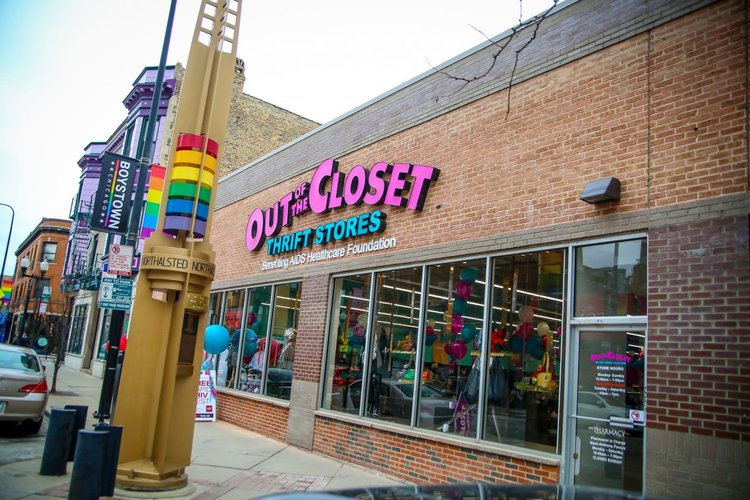
Several windows along the residential interior streets display pride flags, and local businesses bear such names as Flamin’ Pies, Out of The Closet thrift store, and Sugar Daddy Patisserie. A sense of gay pride has clearly transferred to a sense of neighborhood pride as well.
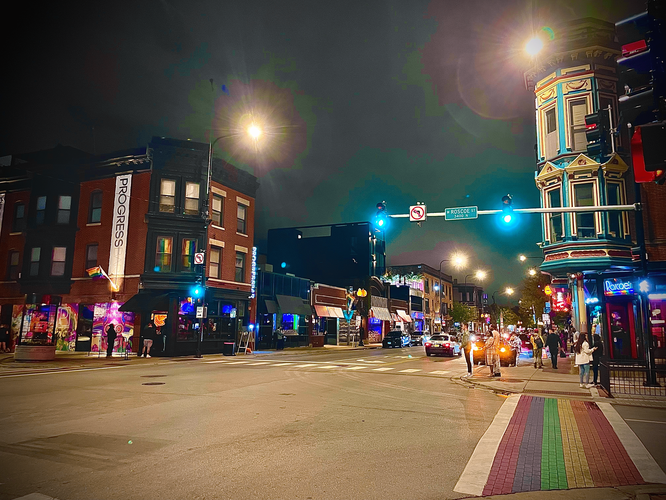
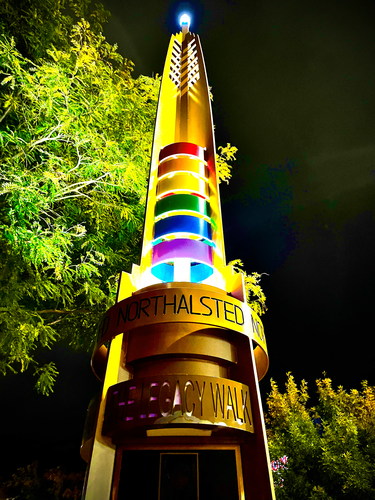
Rainbow crosswalks and art deco light pillars bring cohesion to the built environment. The pillars were constructed in 1998 and mirror distinguishing gateways in traditionally ethnic neighborhoods (Keating 2008).
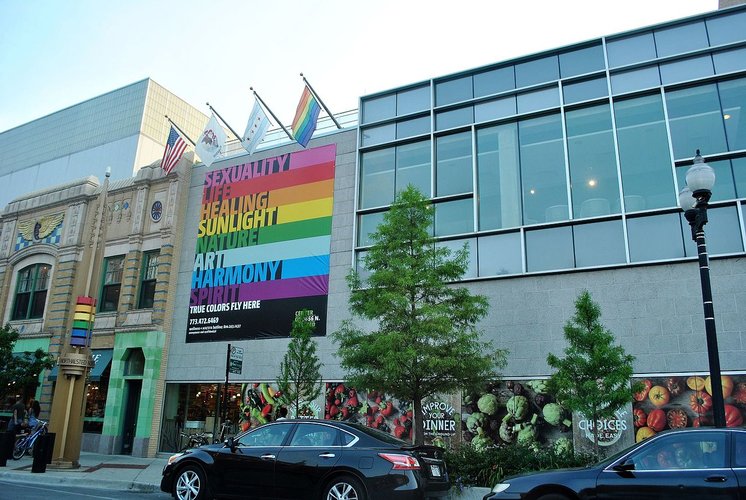

The designated “neighborhood center,” appropriately called the “Center on Halsted,” is not located in the center of the area, but rather in the north corner, where Halsted meets Broadway. It appears to be important civically, offering educational programming and medical services, while the intersection of Halsted and Roscoe is the social center, having the most popular gay bars. Pictured above is the Center on Halsted (attached to a Whole Foods) and Roscoe's Tavern.
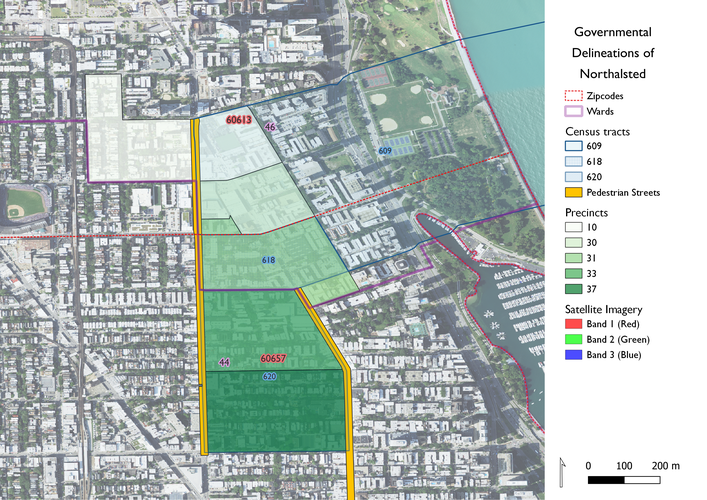
The map above displays the overlapping governmental categories located in Northalsted. The neighborhood, despite being 0.12 sq. mi., is split into two zipcodes, two wards, three census tracts, and five precincts. It is impressive that the neighborhood has such a strong unified identity, considering its split government. The reason for this is because its business alliance is powerful and unified, as will be discussed in the History section below.

This map displays some of the features of daily life in Northalsted. The zoning for the neighborhood matches what's currently on the ground, with residential units in the interior and commercial development on the arterial streets. The livelier businesses are in fact located along Halsted, with the smaller scale shops and restaurants on Broadway, which reflects the C - commercial zoning (green) on the west side and the B - business zoning (red) on the east. The map also displays bike racks and school grounds, a good measure of pedestrian/bicylist access and flow throughout the area. Furthermore, the orange bubbles represent average daily traffic counts, showing that cars tend to stay on the peripheral arterial streets. Finally, the orange Pedestrian Streets represent city-designated stretches that are particularly friendly to walkers, and thus have special restrictions to maintain this atmosphere. Such restrictions include preventing large blank walls on the sidewalk and front-of-building parking.

A LGBTQ+ community emerged in Lakeview–the broader community area in which Northalsted is located–by the early 1980s, after many had sprung up and disappeared elsewhere in the city (Heap 2004). It also became home to the city’s pride parade at this point, as well as numerous gay bars, such as Sidetrack. It only began to be known as Boystown in the 1990s, and in 1997, Mayor Richard Daley officially recognized the neighborhood as Chicago’s gay district. This was the first time a major city had acknowledged its gay village so prominently; the rainbow pillars were installed shortly thereafter. Queer bars have come and gone over the years, but remain central to Northalsted’s identity. Many older queer activists name the bars as historically de facto community centers, which were established due to low rents in Lakeview in the early 80’s, around which grew the neighborhood identity as we currently know it (Jackson and Nargis 2017).
The Northalsted Business Alliance has existed since 1980 and has been instrumental in unifying the neighborhood through optics. Representing over 100 local businesses, this is the group responsible for the 2021 name change from Boystown to Northalsted. There have long been inclusivity concerns surrounding Northalsted’s overwhelmingly white and male population, from the closure of lesbian bars to intensive ID checks targeted at Black and brown bar customers (Jackson and Nargis 2017). After a community survey in 2020, and to reflect its broader base of residents and clientele, the business alliance rebranded the neighborhood Northalsted in 2021. Remnants of Boystown still live on, both in residents' vernacular and bike rack branding, as seen below.
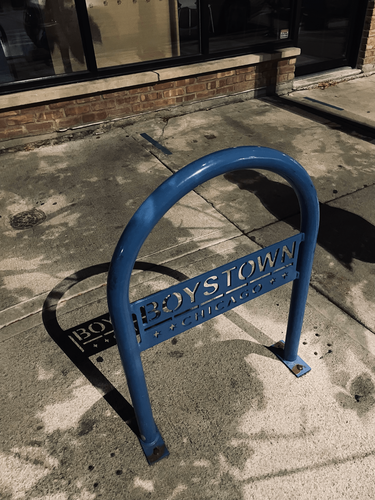
Since the 1980’s, the neighborhood has been an incubator for LGBTQ+ activism. From pride parades and AIDS protests in the 80’s, to transgender rights marches today, both neighborhood residents and LGBTQ+ people from around the area have been brought together to celebrate identity and make change. In 2012, a Legacy Walk was installed along Halsted, which functions as an outdoor walking museum for queer history. Featuring bronze plaques affixed to the rainbow pillars, the Walk celebrates LGBTQ+ figures and social activists like Jane Addams, Alan Turing, and Audre Lorde. It was designated a historical landmark in 2019.
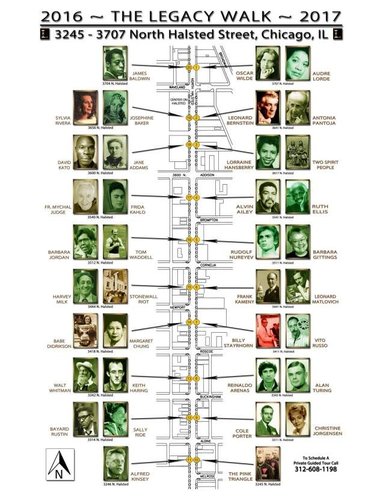
While the neighborhood’s identity as a self-contained gay village–arguably its most visible and most important feature–only emerged after the development of the built environment, a brief look at the history of the general Lake View area reveals a common pattern of Chicago neighborhood development: originally an area of rural farmland, the construction of new railroad lines in the 1850s led to early suburban development. The township of Lake View was annexed by Chicago in 1889 and urbanized quickly, with the addition of Wrigley Field, new shopping centers, and high rise apartments. In the mid 1900s, after this urbanization, the area was mainly settled by childless couples, single adults, and gay men (Seligman 2005).
Heap, Chad. 2004. “Gays and Lesbians” in Encyclopedia of Chicago.
Jackson, Steven and Nargis, Jason. 2017. “Making Chicago’s Boystown.” WBEZ 91.5 Chicago.
Keating, Ann Durkin. 2008. “Chicago Neighborhoods and Suburbs." Pp. 113.
Seligman, Amanda. 2005. “Lake View,” from Encyclopedia of Chicago
Data Sets (from Chicago Data Portal):
- Census Tracts
- Neighborhoods
- Pedestrian Streets
- Precincts
- School Grounds
- Aldermanic Wards
- Zip Codes
- Zoning
- Average Daily Traffic Counts
- Bike Racks
- Satellite Imagery (from NOAA)
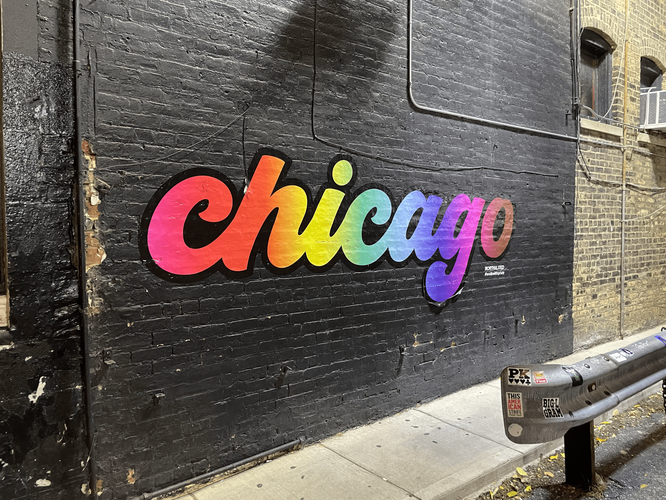
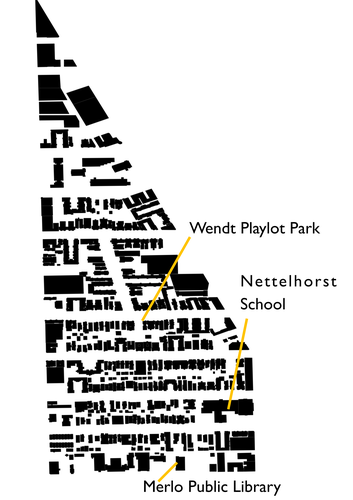
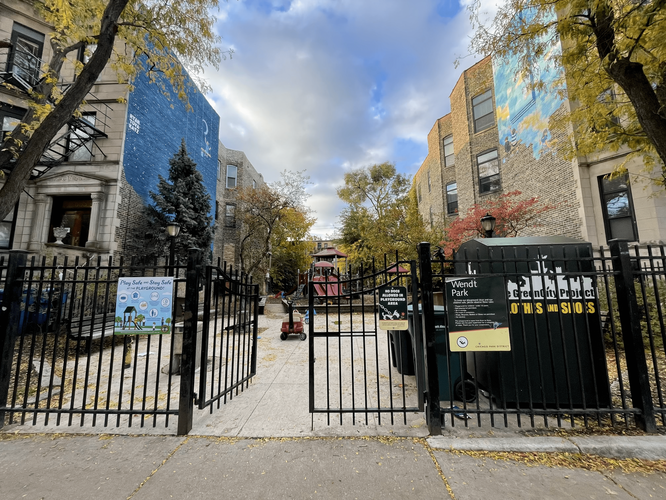

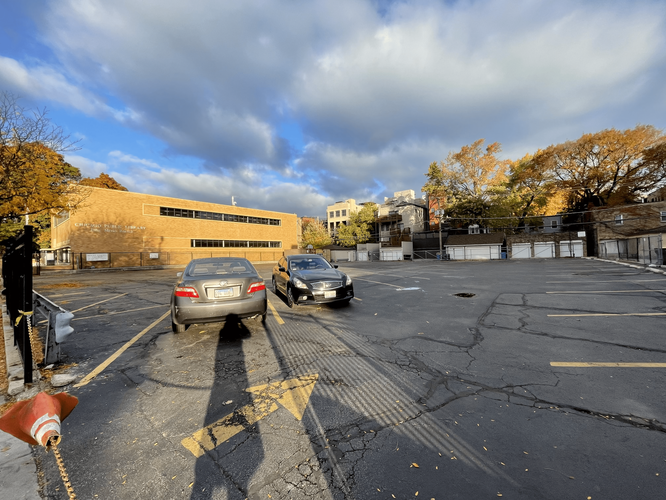
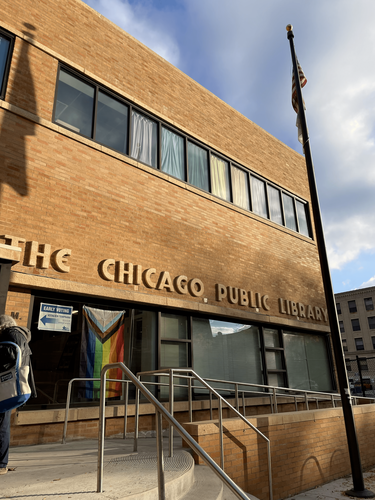
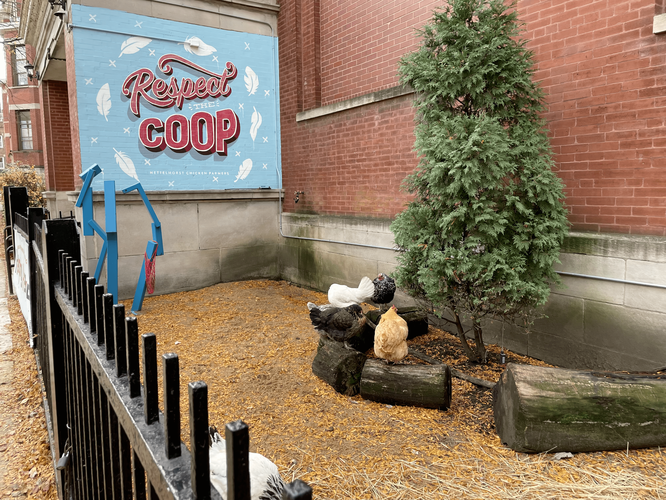

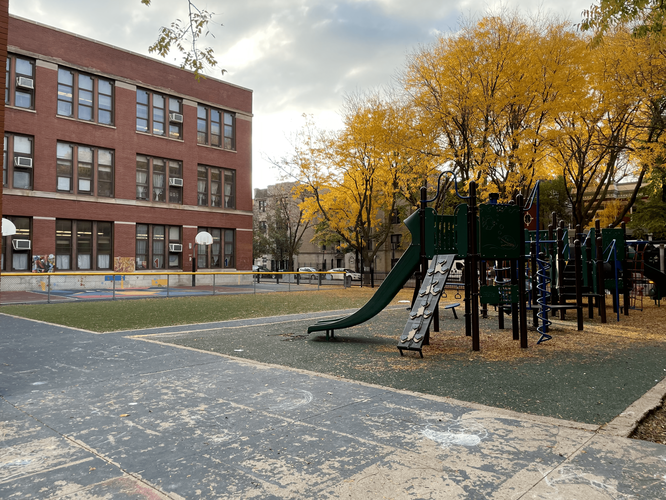
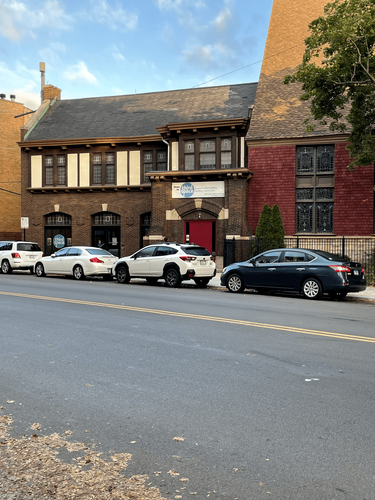
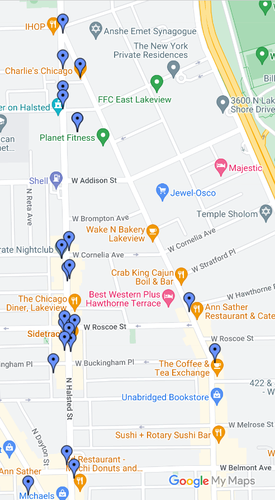
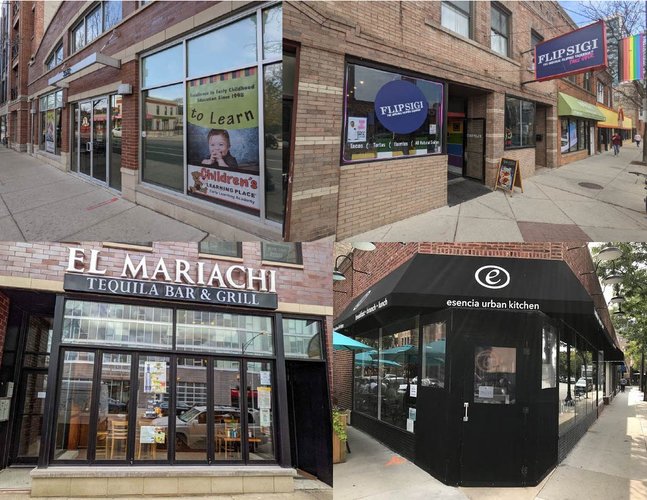
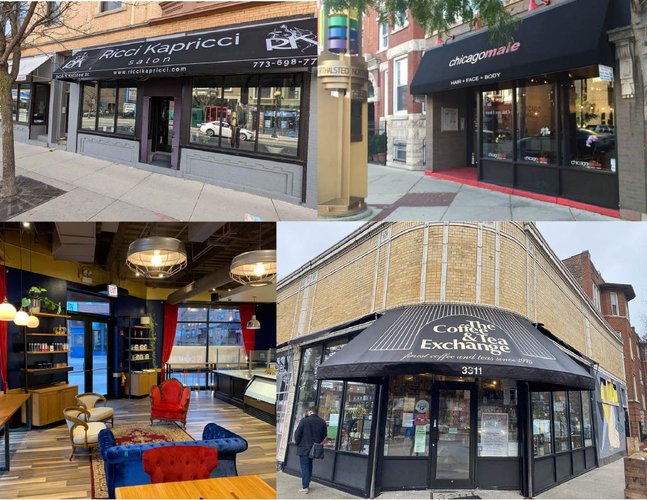
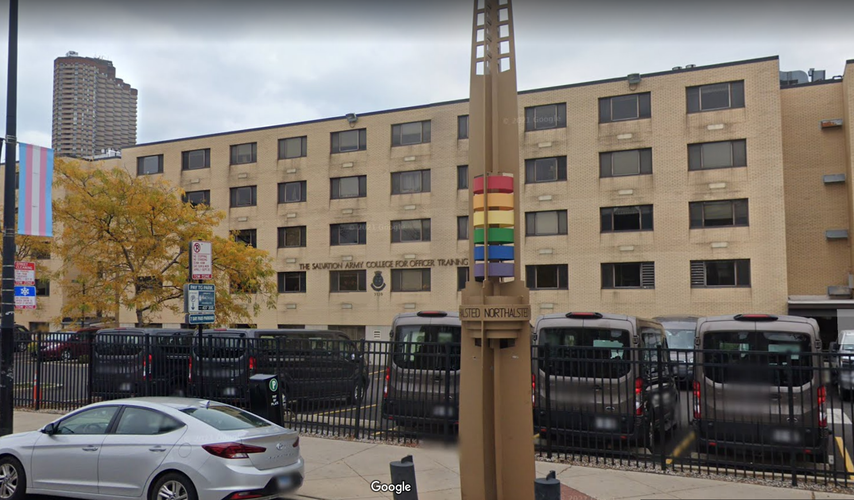
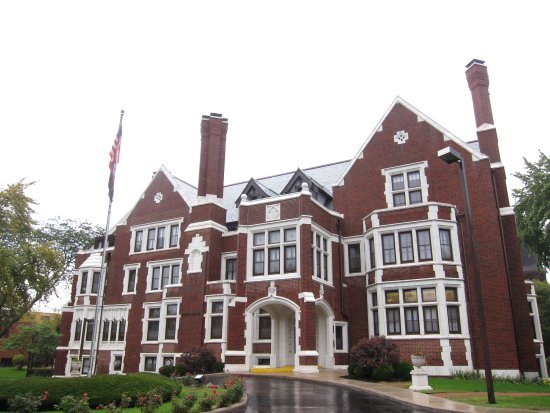
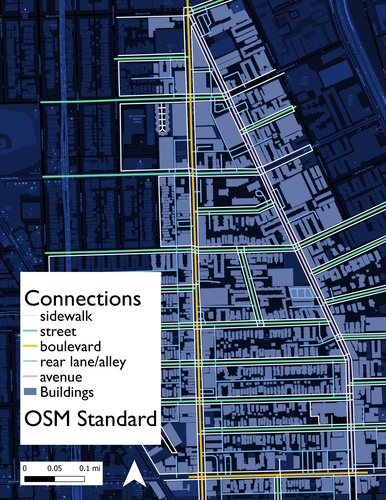
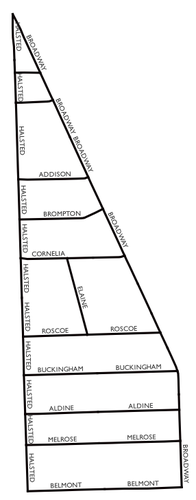

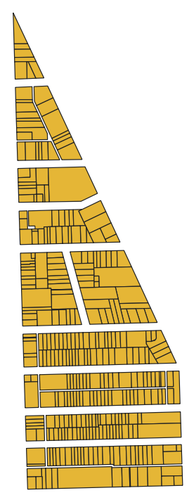
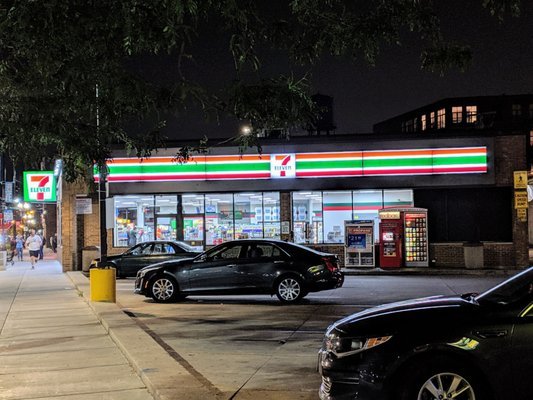
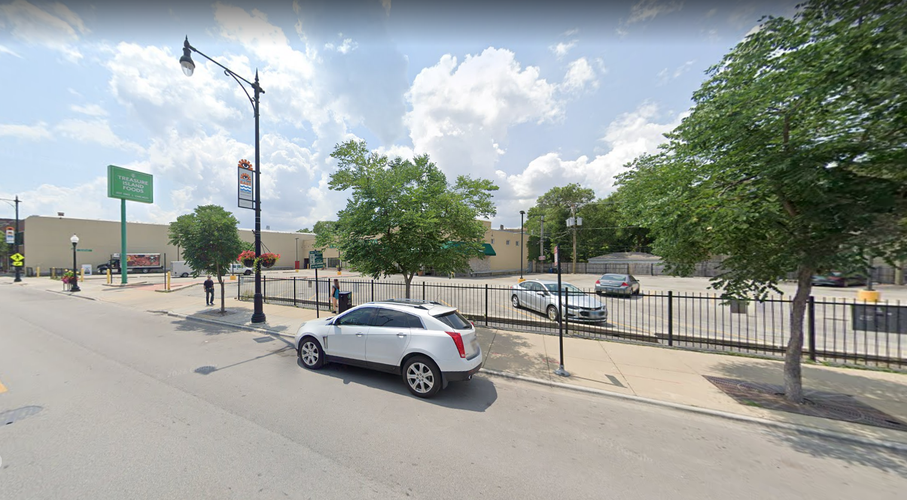
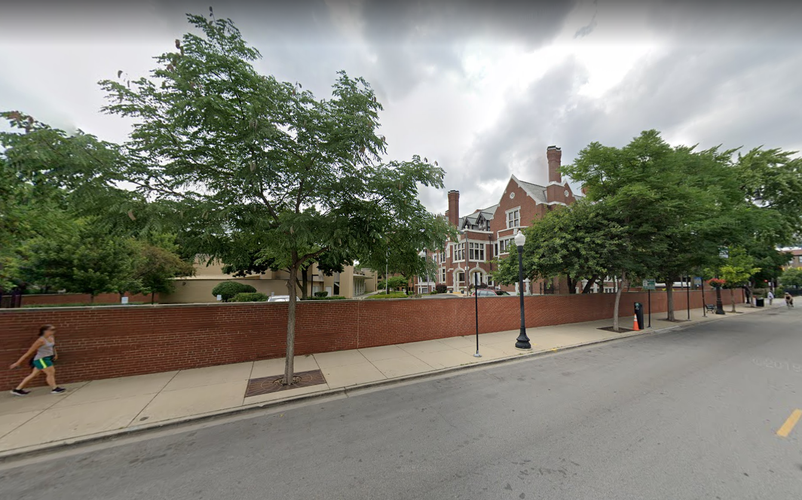
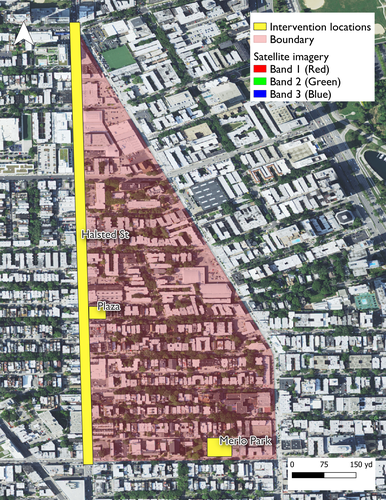
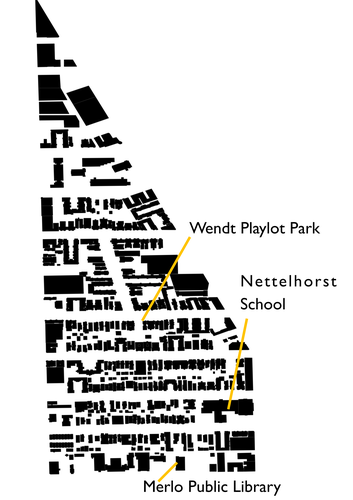

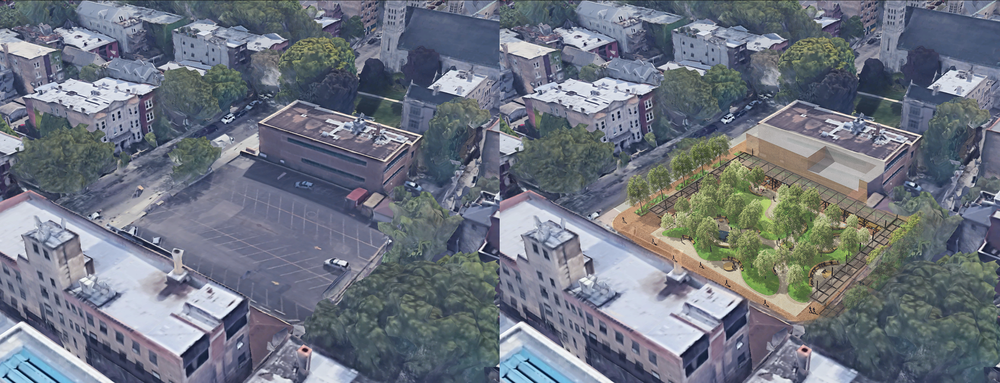

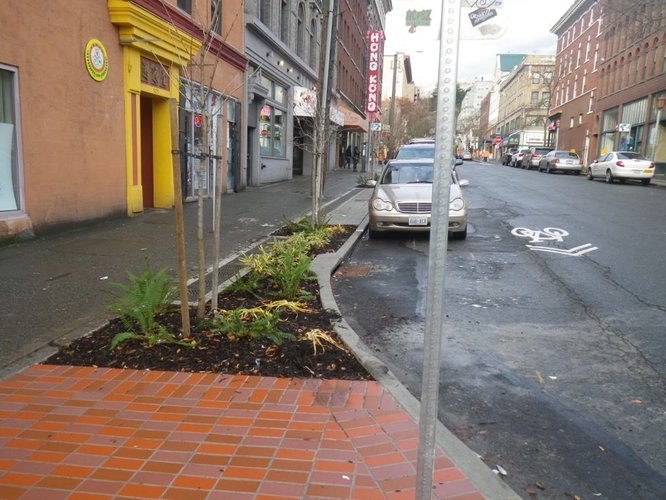
Social Mix
Before we discuss Northalsted's diversity in relation to the surrounding area, there is one point of interest to highlight about the neighborhood's demographics on their own: there is a slightly larger male population than female population, which is notable since Chicago's population is slightly more female than male. This is a remnant of the Boystown name and reputation as home to gay men.
The Simpson Diversity Index measures the diversity of groups in a community and is commonly used when analyzing biodiversity and ecology. The specific measure used here is called Simpson's Reciprocal Index, calculated as D = N(N-1) / Σni(ni-1), with N representing the total population and n representing the population of each category or group. When using this calculation, high diversity will be represented by a value close to the total number of categories, while low diversity will be closer to 1.
The types of diversity analyzed for Northalsted are displayed above: age, race, and housing units. The highest measure of diversity for each category is displayed in the left hand column. Since it is difficult to determine if an area is more or less diverse solely by looking at that area alone, Northalsted has been compared to its greater community area (Lakeview), its region (north side) and the city of Chicago as a whole.
According to the Simpson Diversity Index, Northalsted has comparatively low diversity across the board. Age diversity is particularly lacking in Northalsted, with only four age groups represented. By contrast, Lakeview has five age groups, the north region has seven, and Chicago as a whole represents almost nine. According to the demographic data table, 17% of Northalsted residents are 18-24 years old, 44% of the residents in Northalsted are 25-34, and 14% are 35-44. Cumulatively, this relatively young adult cluster represents three-quarters of the entire neighborhood population. This makes sense, considering the businesses the neighborhood is able to support, namely bars and cafes. However, there are drawbacks to having such a limited diversity in ages. As Jane Jacobs writes about, different age groups use the neighborhood at different times of day, with families and retired people providing most of the daylight business. Without these age groups, the neighborhood feels dead during business hours.
Northalsted is not racially diverse, a quality it shares in common with Lakeview and the north side as a whole. Only one and half racial groups are represented in the neighborhood, very similar to the Lakeview community area. Northalsted is 82% white. The city of Chicago has roughly three races represented, and is only 48% white overall. Chicago is one of the most segregated cities in the US, and Northalsted reflects this. There are many negative effects when neighborhoods are racially homogeneous, such as lack of innovation and opportunity, inequitable distribution of resources, and low cultural crossover. The fact that Northalsted is overwhelmingly white is responsible for the historic claims that the neighborhood is unwelcoming to Black and other non-white residents and bar patrons.
Northalsted does better when it comes to housing unit diversity, a measure of different housing densities. Five different categories are represented, with denser categories making up the majority. There are relatively few single houses and duplexes. While this dearth of individual homes could factor into the lack of young children, the high density overall is responsible for the walkability and pedestrian-focus of the neighborhood. The north side and the city of Chicago have more housing unit diversity because those regions contain more suburban development, which increases the representation of single-family homes and duplexes.